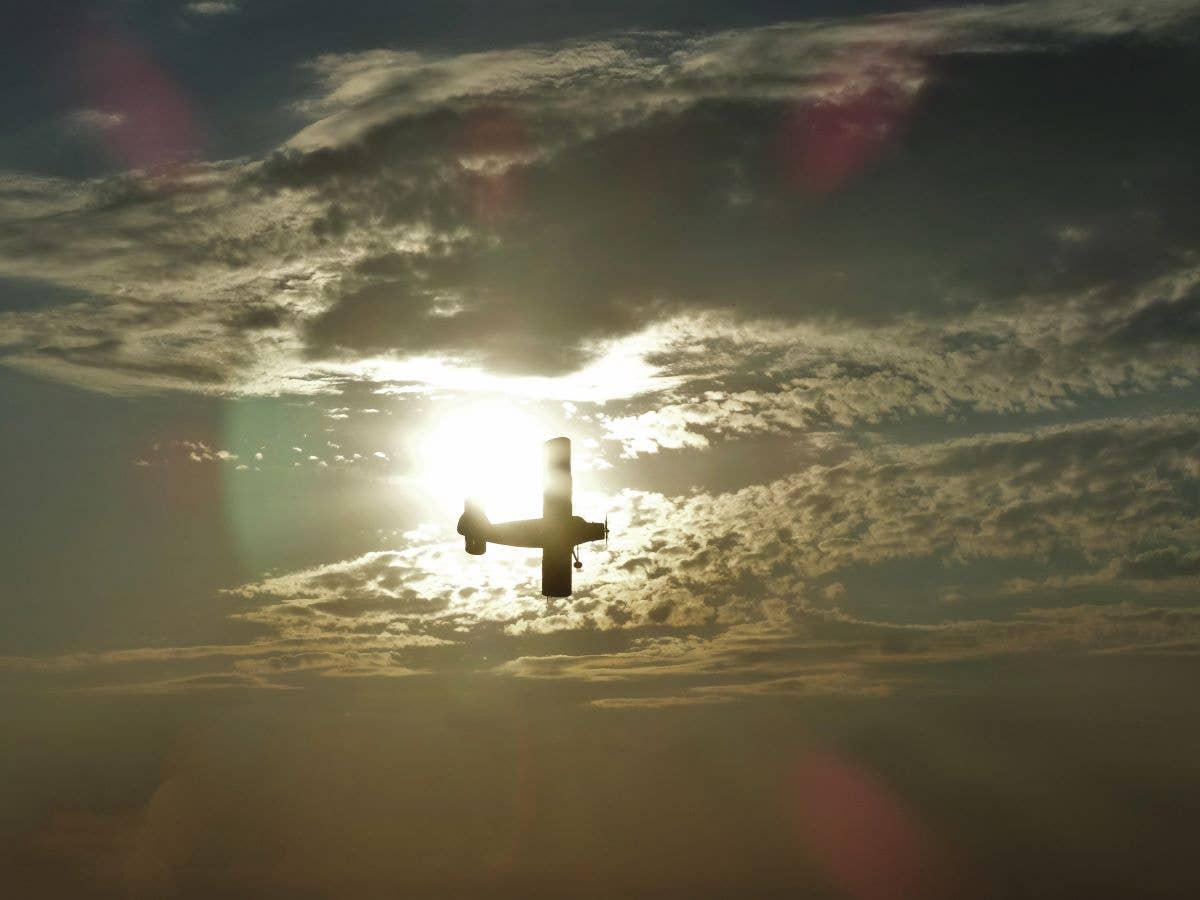
[Credit: iStock]
Yesterday I flew our Cessna Citation CJ1 single pilot from Austin, Texas, to Tampa, Florida. The weather was good at both ends, but a cold front with thunderstorms reaching upwards of 45,000 feet into the sky lay in wait across the route. At FL 390 only a minor deviation was required and our flight time was only a few minutes more than forecast. We were home safe by 3 p.m.
If you're not already a subscriber, what are you waiting for? Subscribe today to get the issue as soon as it is released in either Print or Digital formats.
Subscribe NowToday I cannot make that flight as a single pilot. My almost 7,000 hours, of which 2,000 are in that type of jet—and the Wright Master Pilot Award, are of no help. My recurrent training, the FAR 61.58 single-pilot checkride, is only a month old, but the insurance industry has deemed me too old to fly single pilot.
I have looked for evidence that experienced older pilots have an increased risk for mishap or mayhem, but I can’t find any. I look at accident reports with focused interest, but mostly I see runway excursions or accidents in airplanes piloted by younger pilots—sometimes two pilots. Somebody, somewhere, has decided not to take the risk with me.
Actually, that’s not completely true. I do have a bid to insure our airplane for single pilot operations for three times what I paid until yesterday—nine times what I paid four years ago. The dollar amount pushes $100,000! So, yes, insurance is available if you are beyond rich. Even if I were that wealthy, that kind of price would be so offensive as to scare me away. That means that, functionally, I am unable to fly my airplane alone.
Is the word “usurious” or is it “rapacious?” No matter what you call it, it has this pilot in an emotional tailspin. Several explanations are widely quoted. The Boeing 737 Max accidents and resulting insurance claims affected the reinsurance market. If you have read the book, Downfall, or seen the movie, you’ll be angered to hear how a devotion to stock price drove the venerable aircraft manufacturer to lose its way. The latest reason (excuse?) is the disruption caused by the war in Ukraine. Russians own a lot of private jets, apparently. They get seized or impounded. Somehow this means I can’t fly.
Why not have a copilot? It’s a good question. I do enjoy flying with an experienced co-captain. I have one in mind, but he lives 100 miles away from me and has a life of his own. Hiring a copilot is also an option.When I looked at how many days of flying it took me to amass 120 hours of flying last year, I was surprised: 68. If the average cost of a copilot including expenses is +$1,500/ day; that would be more than $100,000.
In one sense, a copilot would be very welcome. I can use another experienced pro to help me decide which side of that thunderstorm to go around. Having another set of ears to pick up the ATIS while I talk to approach control is an additional advantage.
It is just that I don’t use an airplane like a carefully programmed businessman. I might decide at the last minute to take a friend up on his offer for box seats at the World Series (I’ve done that) or run another buddy over to Orlando to pick up his airplane (done that, too). To schedule a pilot, regardless of cost, requires calendar foresight and planning skills that I don’t possess. The freedom to fly a jet single pilot whenever and wherever is a gift to be guarded.
“Dick, you need to talk to my insurance company.” I hear this often. I have used the same broker for more than 40 years and have had no interest in shopping around. For many years this broker has provided insurance via the same carrier, and I have had no complaints, issues, or dissatisfaction. Three years ago, when I registered the first threat to my single-pilot
operations, I sent a letter. I sought to distinguish myself from a “doctor in Bonanza” (I was a surgeon). I detailed my Part 135 flying experience, and emphasized my flying to Part 135 runway, weather, and approach standards. I got a reprieve back then—but this year, no dice. All those years of loyalty counted for nothing. I'm told the carrier I’ve used has changed partners and new underwriting criteria have been established.
So, now what? It’s tempting to push all the chips onto the table and just pay for the privilege to which I’ve become so happily addicted. Unfortunately, that amount is just too much. Maybe it is time to come back down the aircraft mountain and get a piston airplane again. Plus, I’ve been stymied by the FAA’s medical personnel in Oklahoma City for long enough. Somehow I can't break through their categorization of my relatively uncommon eye ailment and get loose from the specialissuance’s death grip. (More about that soon.)
If I got an airplane that qualifies for Basic Med, I could save money, get rid of the onerous (in my view) FAA’s antiquated criteria and learn to fly again below 18,000 feet and travel under 250 knots—oh, boo hoo. I know: An immensely lucky aviator finds his luck is diminished and won’t be graceful about it. I get what you’re thinking. Still, it’s a loss.
There is little question that these developments are a reminder of my mortality. No matter how fit you feel, or how often you go to the gym, one day you find yourself a little hard of hearing. You look down and you’ve lost a step. Looking out, the world looks the same, but people looking in see an old man. Maybe a toupee would help.
Joking aside, I’m morose. It took me a long time to make enough money to own and fly a CJ1. It took three years of Part 135 flying to really understand how to use such a magnificent piece of equipment. After 55 years of flying, I’ve finally topped out. It has been a fabulous ride, but I won’t lie: I am profoundly sad.
This article was originally published in the February 2023 Issue 934 of FLYING.

Subscribe to Our Newsletter
Get the latest FLYING stories delivered directly to your inbox







